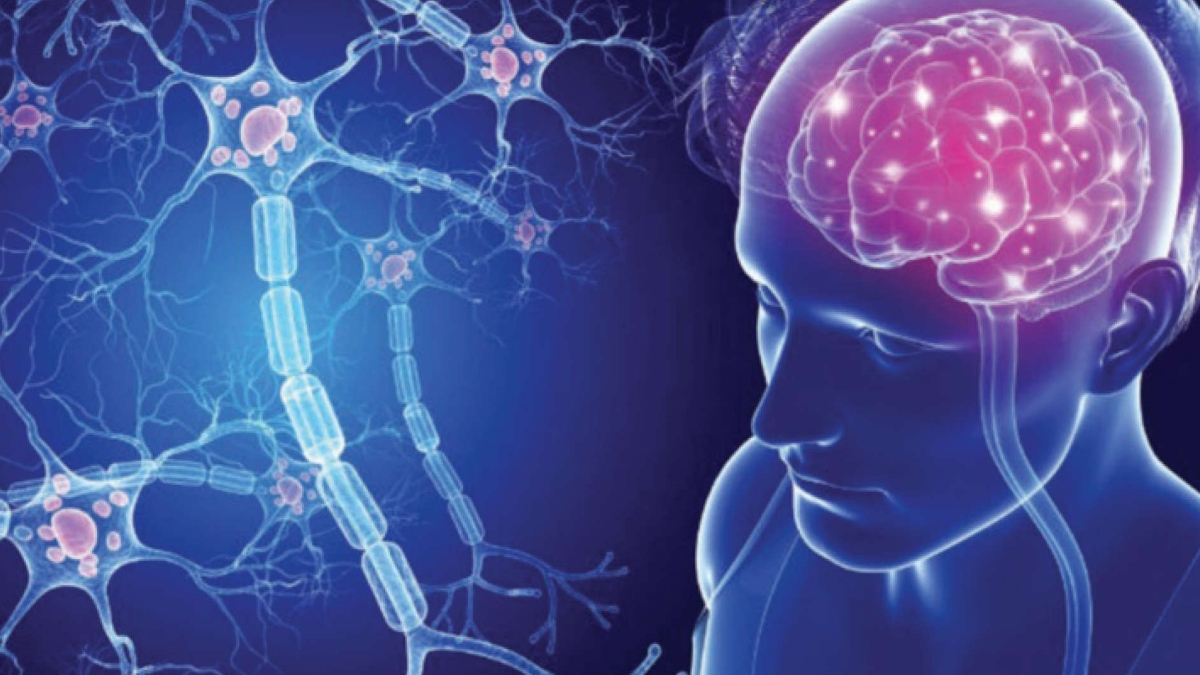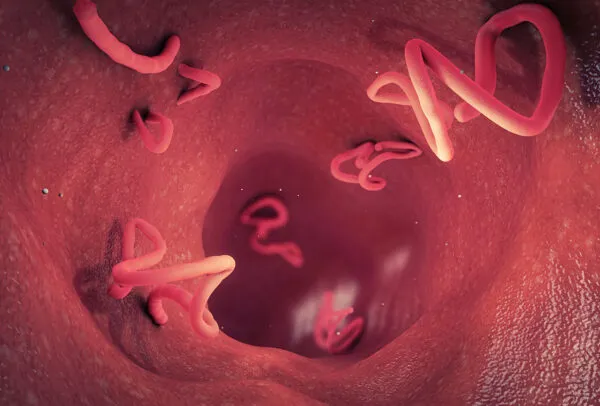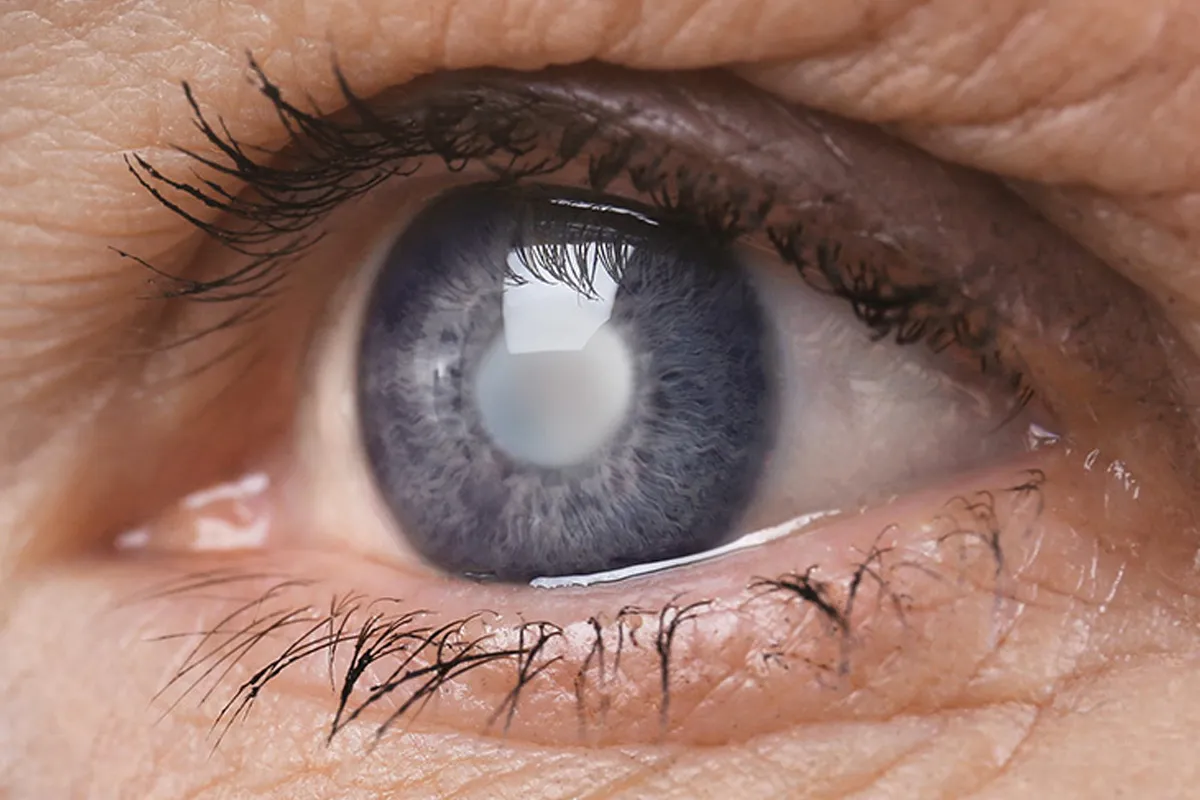Multiple sclerosis (MS) is a neurological disease affecting millions of people worldwide. While no cure for MS has been found, several approved drugs are now available for the long-term management of MS. These have been shown to reduce the number and severity of MS attacks, along with possibly slowing disease progression and managing MS symptoms.
WHAT IS MS?
Multiple sclerosis is a neurological disease affecting millions of people worldwide. It is a condition affecting the central nervous system (CNS), which comprises the brain and the spinal cord.
In this condition, the immune system of the body attacks myelin, the protective sheath covering nerve fibres in the CNS. This leads to communication issues between the brain and the body and eventually results in irreversible damage to the nerves.
WHAT ARE ITS RISK FACTORS?
More than 2.3 million people are affected by MS worldwide. There is no known cause of MS, but following frisk, actors may increase the risk of developing MS.
Age: MS can occur at any age, but onset usually occurs around 20 and 40 years of age.
Sex: Women are more than two to three times as likely as men to have MS.
Family history: If one of the parents or siblings has had MS, then there is a risk of developing MS in the family.
Infections: A variety of viruses have been linked to MS, including Epstein-Barr virus (EBV), the virus that causes infectious mononucleosis.
Vitamin D: Having low levels of vitamin D and low exposure to sunlight is associated with a greater risk of MS.
Smoking: People who smoke appear to be more likely to develop MS and have a worse disease. They also tend to have more lesions and brain shrinkage than non-smokers.
MS is not contagious and is inherited. Individuals may be “genetically susceptible,” increasing their risk of MS. This risk is slight, with only a 3 to 4% chance of a child (with a parent who has MS) being diagnosed with MS.
WHAT ARE ITS SYMPTOMS?
Signs and symptoms of MS vary widely from person to person and depend on the amount of nerve damage and which nerves are affected. Following are the symptoms generally associated with MS.
• Fatigue
• Numbness
• Tremors
• Vision problems
• Speech issues
• Poor balance
• Difficulty in walking
• Bowel and bladder issues
• Memory issues
It is not possible to predict how multiple sclerosis (MS) will progress in any individual. Some people have mild symptoms, such as blurred vision, numbness, and tingling in their limbs. In severe cases, a person may experience paralysis, vision loss, and mobility problems.
WHAT IS MS RELAPSE?
An MS relapse is also known as an “attack” or an “exacerbation” of MS and is usually a worsening of MS symptoms or new MS symptoms lasting more than 24 hours and not due to infection or fever.
An attack may be mild or severe; it may or may not correlate with MRI changes. Many patients have a daily variation of their symptoms; this is not an attack. Similarly, some patients may develop transient symptoms lasting only seconds, such as twitching in an arm or leg. This is also not an attack. Attacks are one marker of disease activity.
WHAT ARE THE SUB-TYPES OF MS?
Relapse-remitting MS (RRMS): This is the most common form. Around 85% of people with MS are initially diagnosed with RRMS. RRMS involves episodes of new or increasing symptoms, followed by periods of remission, during which symptoms go away partially or totally.
Primary progressive MS (PPMS): Symptoms worsen progressively, without early relapses or remissions.
Some people may experience times of stability and periods when symptoms worsen and then get better. Around 15% of people with MS have PPMS.
Secondary progressive MS (SPMS): At first, people will experience episodes of relapse and remission, but then the disease will start to progress steadily.
How can MS be diagnosed?
A healthcare professional, often a neurologist, is needed to perform a neurological exam. A detailed clinical history and a series of other diagnostic tests are required to determine MS.
Diagnostic testing may include the following:
MRI scan: To detect active and inactive lesions throughout the brain and spinal cord.
Optical coherence tomography (OCT): To check for thinning around the optic nerve.
Spinal tap (lumbar puncture): To find abnormalities in your cerebrospinal fluid (CSF). This test can help rule out infectious diseases. It can also be used to look for oligoclonal bands (OCBs), which can be used to diagnose MS.
Blood tests: Help eliminate the possibility of other conditions that have similar symptoms.
Visual evoked potentials (VEP) test: To analyse electrical activity in the brain.
CAN WE TREAT MS?
While no cure for MS has been found, several approved drugs are now available for the long-term management of MS. These have been shown to reduce the number and severity of MS attacks, along with possibly slowing disease progression and managing MS symptoms.
Some are oral medications such as Dimethyl Fumarate, Teriflunomide, Fingolimod, and Siponimod. The injectable medications include Interferons (Avonex, Rebif, Plegridy), Glatiramer Acetate, and Ofatumumab. The infusion medications include Ocrelizumab, Natalizumab, Alemtuzumab, and Rituximab.
The efficacy and duration of the treatment depend upon the clinical symptoms, the frequency and severity of relapses, and MRI scans.Advances in treating and understanding MS are made every year, hopefully moving research closer to identifying a cure.
Multiple sclerosis (MS) is a chronic neurological disease of unknown cause sustained by a widespread inflammatory process within the central nervous system (CNS) leading to multifocal demyelination and axonal loss mostly in the white matter but importantly also in the grey matter of both brain and spinal cord.
Clinical manifestations are heterogeneous depending on the anatomical location of inflammatory lesions, and are expression of acute demyelination which can fully or partially resolve, of chronic demyelination and neuroaxonal injury, that are generally irreversible, or both.
Based on the predominance of episodic acute demyelinating events or of the chronic neurodegenerative process, the clinical course is defined either relapsing-remitting, which represents around 60% of prevalent cases or progressive or secondary.
The author is a Professor in Dept of neurology, PGIMER and incharge of MS Clinic .























